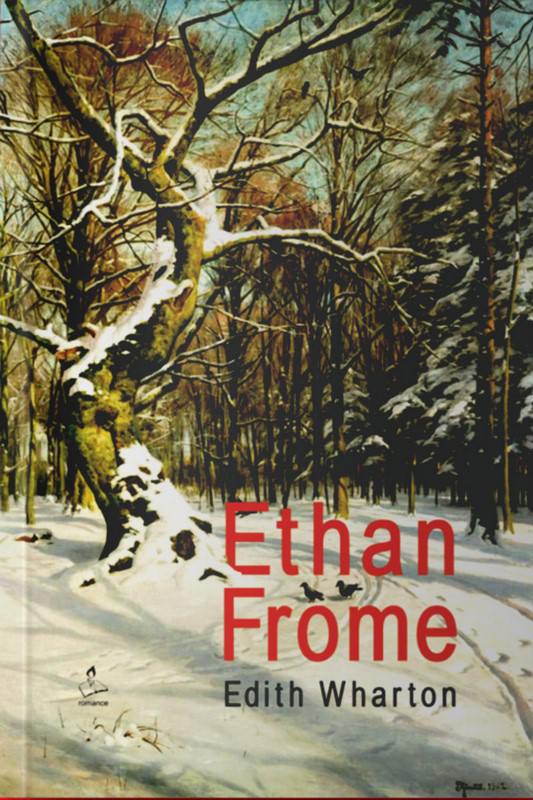

Wharton does not lend lengthy introspective passages to Ethan's philosophizing his emotions but, instead, renders his psychology through the language of the body. Finally, the characters' emotionality, because they could not express it through verbal dialogue, cannot be experienced through internal monologue. Wharton then parallels the characters' stunted expression to restrained emotion, a pivotal reciprocity for her final dynamic. The townspeople first lack effective discourse, where conversation surrenders to colloquial language, brief description, and even silence.

Although bombarded with simplifying forces, the characters' incapacity to express their "sentiments" "articulate," or possess strong communicative abilities, is one of the key strategies Wharton employs for a psychologically simple yet intense character who personifies his mute landscape. The isolated figure emerges "scarcely more articulate" than his origins (4). Where "any attempt to elaborate and complicate their sentiments would have falsified the whole," the characters' representations are circumscribed through lack of education, finances, and communication reciprocated by their snowy, barren environment. Edith Wharton moved permanently to France, Teddy returned to his sister’s home in Lenox.In the introduction to Ethan Frome, Edith Wharton discusses her stylistic intention as an author to portray complex theory through relentlessly "simple" characters. The Whartons sold The Mount in 1911, and they divorced in 1913. All while her marriage disintegrated under the weight of Teddy Wharton’s mental instability. Here she would write some of her greatest works, including The House of Mirth (1905) and Ethan Frome (1911). It was a transformational decade for Wharton, full of professional triumphs and emotional turmoil.

The Whartons would live at The Mount a short ten years. Decidedly, I’m a better landscape gardener than novelist, and this place, every line of which is my own work, far surpasses The House of Mirth… “ “I am amazed at the success of my efforts. In a letter to her lover, Morton Fullerton, Wharton revealed how much of herself she put into The Mount:

Every aspect of the estate-including its gardens, architecture, and interior design-evokes the spirit of its creator. In 1901, eager to escape Newport, Wharton bought 113-acres in Lenox, then designed and built The Mount, a home that would meet her needs as designer, gardener, hostess, and above all, writer.


 0 kommentar(er)
0 kommentar(er)
